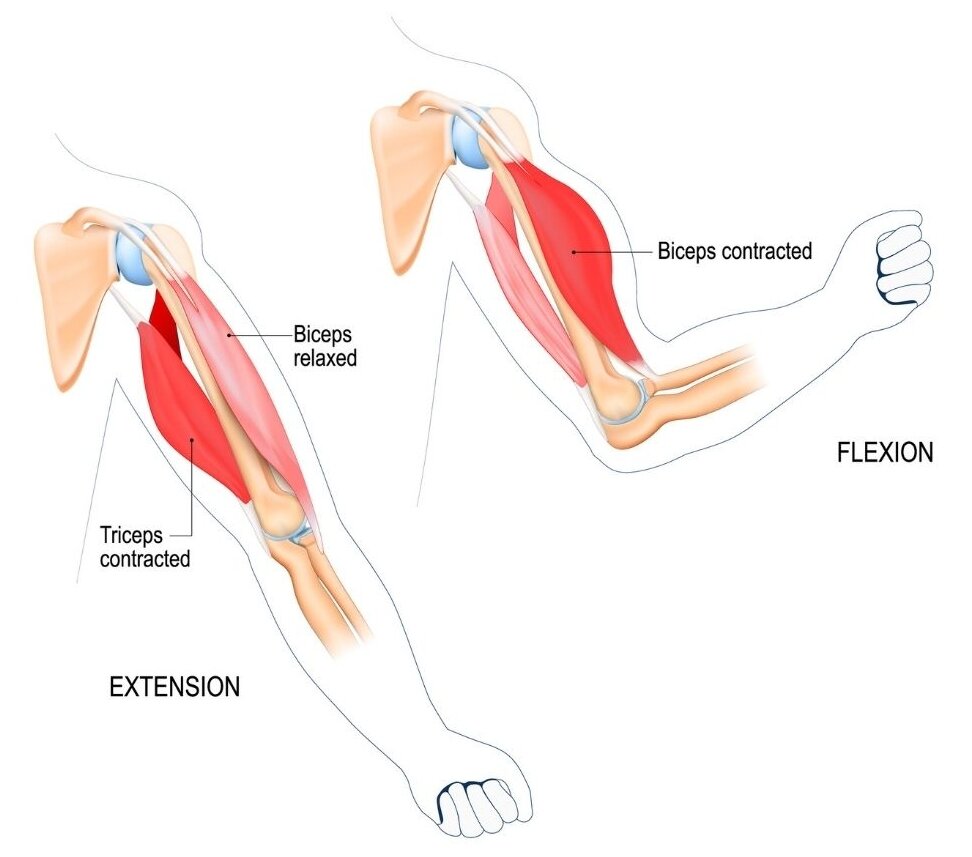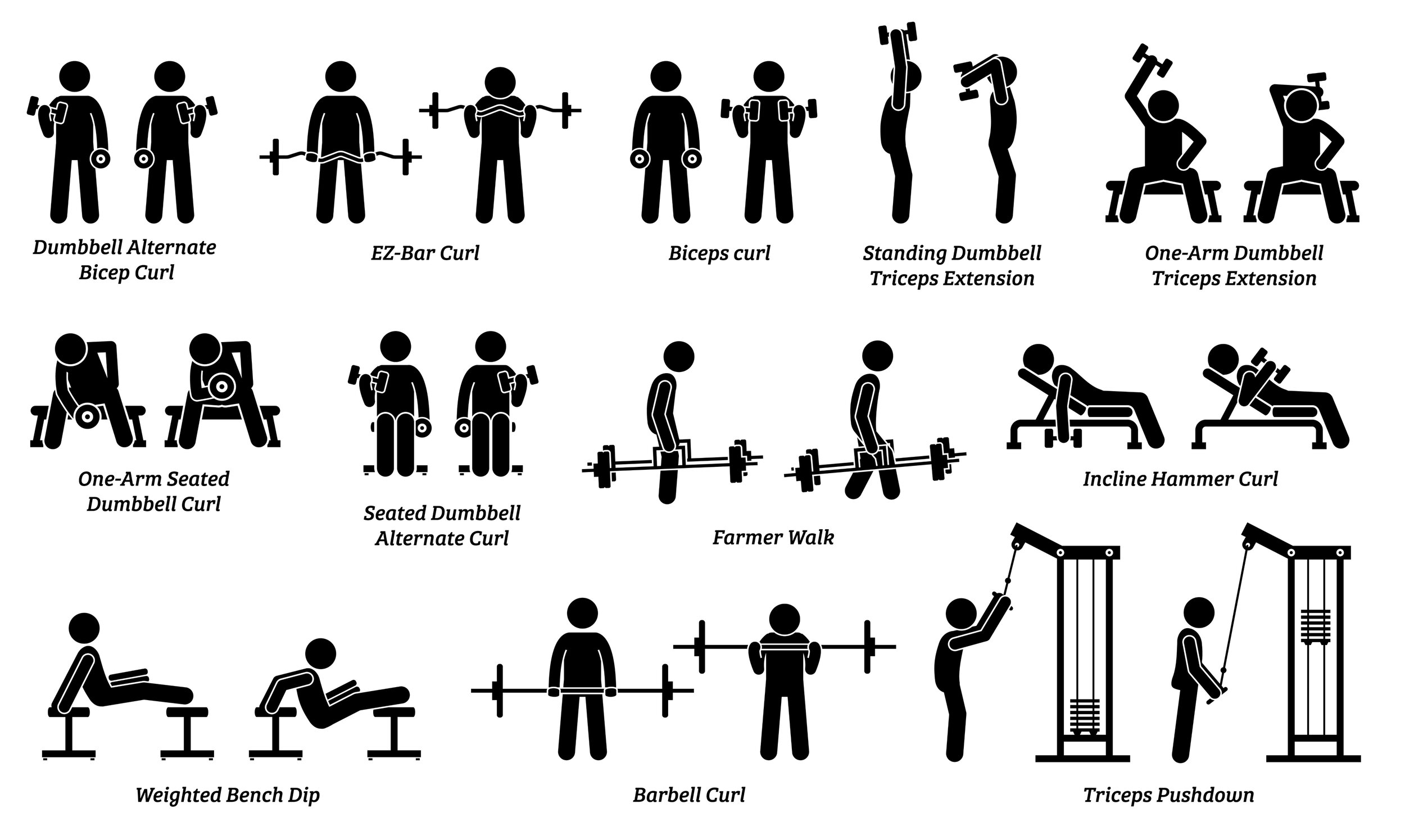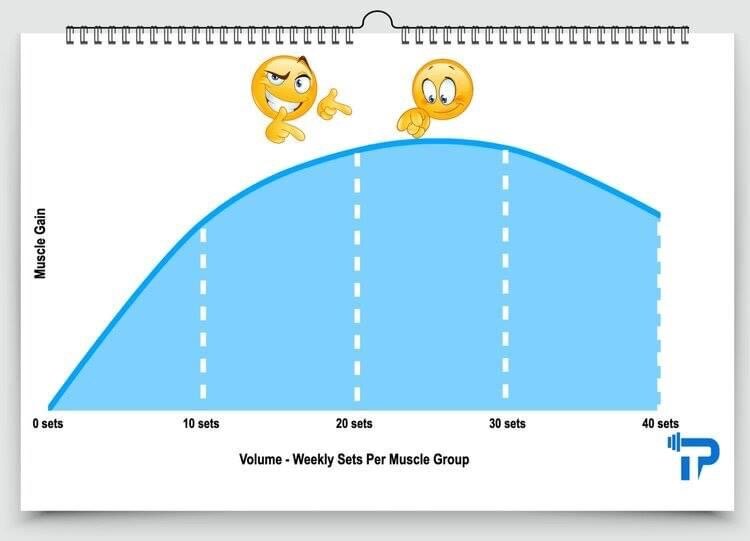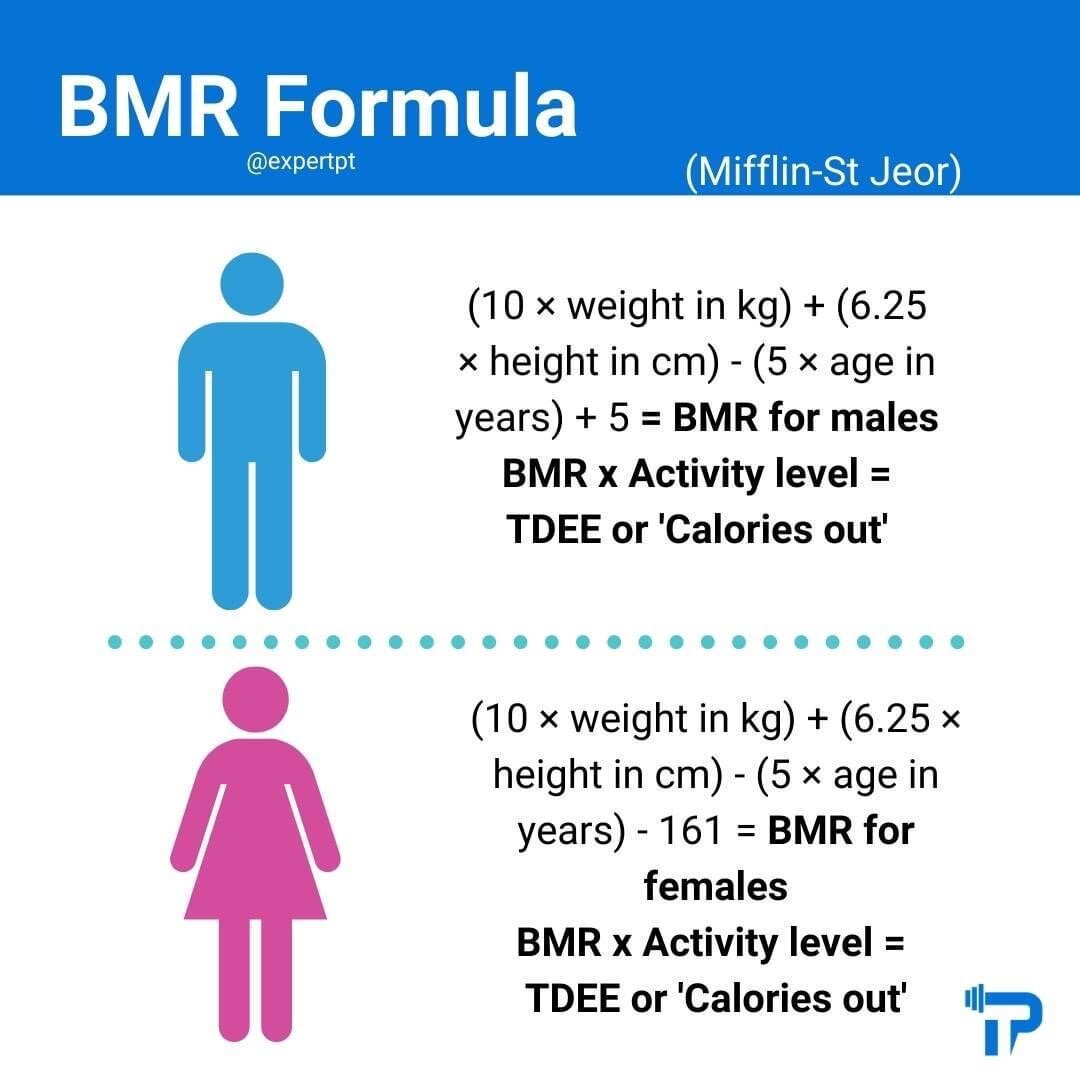How To Get Bigger Arms - Essential Guide
How to get bigger arms is a popular question, especially towards the summer — sun’s out gun’s out, and all that. I soooo get why, as there is absolutely no downside to having muscular, shapely, strong arms – they ooze athleticism as well as providing health benefits. Be it male or female, everyone looks better with lean, defined limbs and if you want to rid yourself of your skinny arms in time for summer, this article gives you all you need to know including arm workouts.
You might see articles giving you advice on how to get bigger arms fast, or how to get bigger arms in a week – seriously, these actually exist, I’m sorry to say (genuinely sorry here as I’d love to grow my arms a bit more in the next 7 days!) that for any non-superhero (think Peter Parker) types among us, this isn’t feasible.
So, how do you grow bigger arms? You can cultivate bigger arms through the following 4 steps, which I have lovingly called ‘Operations Big Arms):
Big Arms Step 1: Arm workouts
Big Arms Step 2: Progressive Overload
Big Arms Step 3: High Protein Diet
Big Arms Step 4 - Sufficient Rest and sleep
Let’s talk through what each of these are and how you can implement these four steps into your daily life with ease.
Arm Workouts
There are two main muscles in the arms – the biceps and triceps. The biceps is the double-headed muscle at the front of the arm, running from the shoulder to the inner elbow. The triceps are a group of three muscles located at the back of the arm between your elbow and shoulder. These opposing muscles are called an ‘antagonistic pair’ and are the muscles that allow you to flex and extend at the elbow.
They are also the muscles that, when exercised, rested and fed with a high protein diet, will manifest themselves in the form of muscular, athletic, bigger arms. So, what are the best exercises for building bigger arms? This handy picture gives you some of my favourites, all of which can be done with pretty limited equipment, if you’re wanting to get bigger arms at home:
There are also many, many different forms of biceps and triceps exercises and arm workouts on my website. I have very kindly put together an exercise database, especially for you, which shows you the correct form, main muscles used and provides coaching points for each exercise – enjoy!
I am, of course, not advocating you rocking up to the gym and just training your arms. That would be insane and would create a very disproportionate physique – sexy, bigger arms really should be attached to a sexy body. I therefore recommend you undertake full-body, high-frequency resistance sessions as this was shown in a study by The Journal of Strength and Conditioning Research to yield potentially superior hypertrophic (enlargement of an organ, in this case, the muscle) benefit when compared to the good old bro split where a muscle group is trained 1-2 times per week. This was echoed in a further study by this same journal, adding further weight to the full-body, high-frequency approach in order to effectively build muscle.
If you are looking for some full-body resistance training exercises, you can dig deeper into my exercise database by heading to my homepage, scrolling to the footer and hovering over ‘Exercise Database (Weights)’ – literally every effective exercise under the sun is there with a correct form video, coaching points and details of main muscles used. It’s pretty awesome if you’re looking for some inspiration or help with form!
To recap, we now know that we need to exercise our biceps and triceps using resistance training in order to encourage them to grow. You now have access to all the exercises you need (ace) and you know you should exercise all the main muscle groups, not just your arms (please don’t do that). But there is another key element to your training that needs to be enacted if you want your muscles to grow...progressive overload.
Progressive Overload
What is progressive overload? Well, for those of you that follow my blog, Instagram or Facebook accounts, you will have heard me talk about this at length.
Progressive overload is a gradual increase in load, reps, volume, frequency or time in order to consistently challenge the muscles to go further, thereby encouraging them to grow. If you don’t incrementally push your muscles to go to the next level, they will not grow.
How to elicit progressive overload
Increase load - put simply, increasing the weight you are lifting, for example, upping your dumbbell biceps curl from 20kg to 25kg in each hand
2. Increase reps - you can increase the number of reps performed, in order to create a hypertrophic response. It’s worth noting though, that higher reps with lighter load – the 8-15 rep range per set, is the optimal rep range for hypertrophy. So if you can lift a weight for the full 15 reps, then it is optimal to increase the weight rather than add more reps and work your way back up to 12-15 reps with the increased weight. This is aligned with the findings of a meta-analysis by The European Journal of Sports Science who found that low reps with higher weight lead to more of an increase in strength, whereas high reps with lighter weight lead to more hypertrophy
3. Increase volume - Volume is the sum of sets x reps x resistance. You can increase demand on your body and muscle groups by adding more exercises, reps or sets. We have covered reps above, but you could add in an extra set with reps kept static or add another exercise into your plan
4. Increase frequency - this relates to the amount of times per week that an individual trains, you can challenge your muscles further by adding in an additional training session per week
5. Time - you can use time to your advantage by taking less rest in between sets and by using techniques like supersets and tri-sets. These will all maximise the time you have in the gym and the number of exercises you can fit into each session
Progressive overload using one or more of the methods above is vital in building bigger arms, as well as the rest of the main muscle groups (which we can’t forget!).
High Protein Diet
A healthy, flexible diet that is nutrient-rich and has a good balance of all the main macronutrients (fats, carbs and protein) is essential in supporting muscle growth, maintaining health and promoting a lifelong, sustainable, good relationship with food.
Many people believe that it is impossible to simultaneously lose fat and build muscle (you will definitely want to lean out the fat on those arms in order for your guns to live their best life), as it’s believed that a calorie surplus is needed in order to build muscle. This is untrue and I have helped countless clients elicit muscle hypertrophy during phases of fat loss. This, my friends, is called ‘Body Recomposition’.
Don’t just take my word for it. A randomised controlled trial by The International Journal of Sports Nutrition, Exercise and Metabolism conducted on twenty-four athletes, doing four resistance sessions per week, compared the difference between a 19% deficit and a 30% deficit. The results of which was the 19% deficit group reduced fat while building lean mass and the 30% deficit group lost a similar amount of fat, but sacrificed lean muscle mass during the process.
So, a moderate deficit can be implemented to elicit fat loss and muscle gain - all bases covered. Check out this article to understand how many calories you should be consuming to support your bigger arms goal.
But what about protein? In terms of body recomposition, protein is the big daddy of the macronutrients. It makes up part of every cell in our body and is vital for muscle building and repair, as well as many other general health benefits. As a general rule of thumb, ensure you consume 1.4 to 2 grams per kg of bodyweight. But for those of you wanting to get bigger arms, build muscle mass in general, lose fat, or both, I recommend the higher end of the scale — typically my Online Personal Training clients consume 1.8 grams per kg of their body weight.
Sufficient Rest and Sleep
Rest and sleep are important, but usually underestimated or forgotten factors of effective muscle building.
You should have 1-2 rest days per week – these can be active rest days or light days, the benefit of which are:
Reduced risk of injury
Recovery
Aim for at least 7 hours sleep per night, sleep depravity has been linked to overeating, a Clinical Trial by Nature Communications found that insufficient sleep may lead to the development and /or the maintenance of obesity through diminished activity in appetitive evaluation regions of the brain resulting in selection of foods most capable of triggering weight-gain. This is on top of countless studies that have found a lack of sleep inhibits the hormones that control hunger.
As you can see these are both key to being able to train! If you are injured or not recovering sufficiently, it’s likely you won’t train at all, or you’ll not be fit enough to progressively overload – you won’t be any closer to getting those big arms you desire. If you don’t get sufficient sleep, you’ll be very hungry and make poor eating choices that will not facilitate fat loss or optimal protein consumption levels.
Do not underestimate the power of rest and sleep!
Muscle Building Health Benefits
I’m going to finish off with some health benefits because although we all want to look great, with rippled, lean, muscular, bigger arms – this should never be at the expense of our health. You’ll be glad to know that as well as making us look like a Greek God or Goddess, building muscle also has the following health benefits (amongst many, many others):
Increased metabolism — muscle needs fuelling, and this fuel is consumed in the form of calories. Therefore, the more muscle mass you have, the more calories you burn, reducing your chance of being overweight or developing obesity
Increase muscle endurance, strength, and bone health - all of these can lead to greater longevity and mobility in your later years (prevention is better than cure)
Reduced risk of injury - strong muscles will help support your bones and joints, reducing the risk of you injuring yourself or having long term injuries to contend with
So, there you have it. Four simple, practical steps that can not only get you those coveted bigger arms that you want but can, in fact, transform your physique and make you an all-around healthier person. Four steps you do not want to miss!










